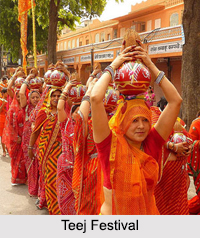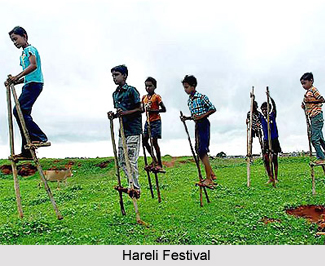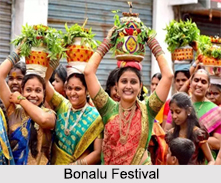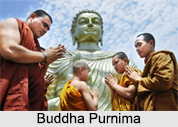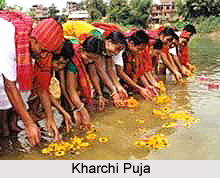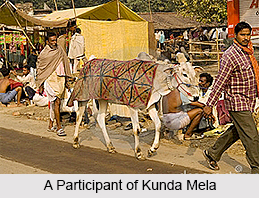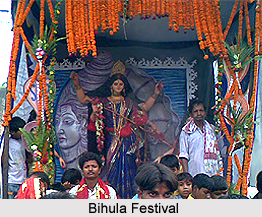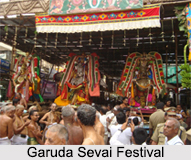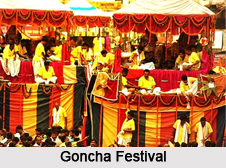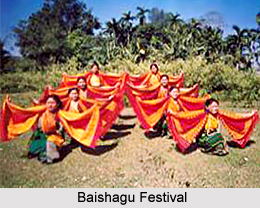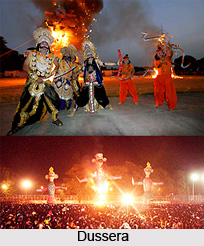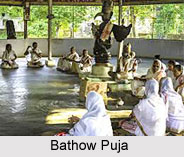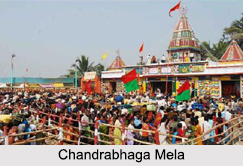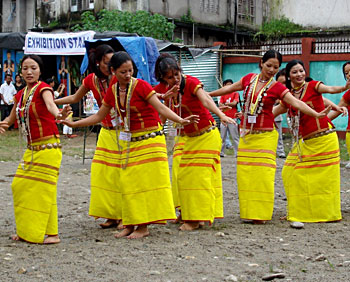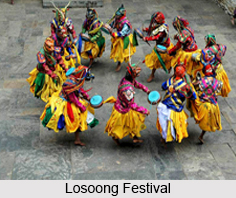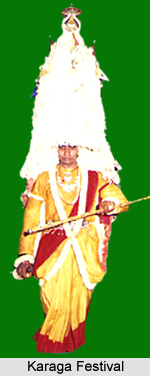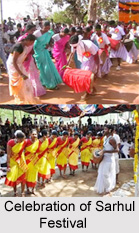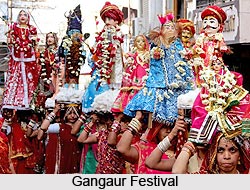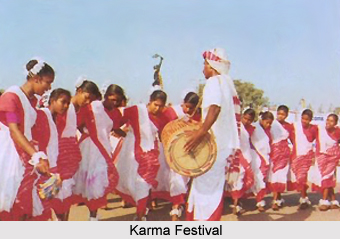The death is one of the most unfortunate events in the life cycle; however even after death there are many more misfortunes and incidents are observed to follow in the lives of the relatives. Thus the effect of death is truly feared among the Hindus. Some of the common instances are mentioned below:
Subsequent wives are the instance when a man loses his first wife and marries once again. He keeps a silver effigy or the Pahajri of his first wife, around the neck of the second wife and distributes, sweetmeats among young girls thus depicting the act of paying homage to the former. For the first three consecutive nights he and his wife, sleep keeping a naked sword between them. This custom is especially prevalent in hilly regions of Northern India. If his second wife also dies, the third time he marries a plant, usually Tulsi or a sheep. This is to make the marriage to his third wife be his fourth and not third, since its considered to be an ominous number. His third wife is adorned with the pahajris of the first two wives and all other rituals are also observed.
Effects on Betrothed Girl: If the fiance of a girl deceases, she is made to stand on the way of the funeral cortege and walk under the bier in order to ward off all evil in the future. In South West India, especially the fiancé`s parent`s reason out his death to be because of the girl, and her relatives carry out rites to prevent all kinds of evil to her.
Effects on a Girl Widow: If the husband of a young girl expires, then his ashes are enveloped in a cloth and made into a pendant kind of thing that is put round the widow`s neck with the belief that she will spend her remaining life in tranquility and resignation. At present, remarriage have become the rule.
Death Rites of the Old: The womenfolk of the family lie in the prostrate pattern before the dead body and make an offering of money in case an old man dies. The barber later takes the money. If an old man dies, leaving back his grandsons and great grandsons/ his relatives offer silver flowers and silver coins over his bier. If the family is poor, they offer copper coins.
Death from Disease or Violence: If children of infants die of small pox, their corpse is thrown into water. This act depicts the idea that the Goddess of Small Pox Sheetla must never be burnt, cremated or cast into fire. When thrown into the water, the body is placed in a big clay vessel full of earth and sand so that it will sink along with the body.
Death at Certain Times: Naksfiatras: constellations are the 27 lunar mansions of the sky, according to the older astrology. Among which, 21/4 constellations lay in each of the 12 radical signs or Ras and of these nakshatras the last five viz., the second half of Dhahishta, Purbabhadrapad, Utra bhadrapad, Sat Bikka, and Reoti overlook the signs of Pisces (Min) and Aquarius (Kumbh). This phase of 4 1/2 nakshatras is counted as 5 days and thus called Panchank or Panjak dialectically. This stage is mysterious in several ways and it is especially inauspicious for a death, or to recall the original idea, for rites, to occur in it. Anyone so dying can only obtain salvation if expiatory ceremony is performed on his behalf. This consists in employing five Brahmins to recite verses, and on the 27th day after the death, on which the moon is again in the position in which the person died, the Shanti ceremony is performed. This is also called the Expiatory ceremony, where various things such as clothes, flowers and furniture are given away.
If a man dies in the Panchank, idols of Kusha grass, one for each of the lasting days of the Panchank are burnt along with the dead. If a person dies during a solar or lunar eclipse, it is considered unfavorable and in such cases Grahan Shanti rite is performed. The chief superstitions pertaining to the Panchank related, however, to the surviving kin, for the Hindus believe that a death in this period, will involve the deaths of as many others of the family, as there are days remaining in the Panchank. To avert this, the corpse should not be burnt until the Panchank is over, or if this cannot be avoided, as many dolls of cloth, as there are days remaining, are made. The dolls are usually made of cow dung and in some cases; a branch of mango tree is carried along with the corpse and is burnt in the pyre.
It is not easy to say that are the specific ideas, originally underlying the Panchank customs, but it would appear as if the leading idea was that anything which occurs during this period, is liable to recur. For this reason, it is unwise to provide anything likely to catch fire-lest it gets burnt and funeral pyre ensues-during the Panchank.
According to the customs, fuel should not be bought. However, cloth purchased or even sewn, beds are bought or the houses are thatched. A pilgrimage should be undertaken towards the south. However, one should sleep with one`s head facing the south. It is unlucky to start any new work. during this period.
